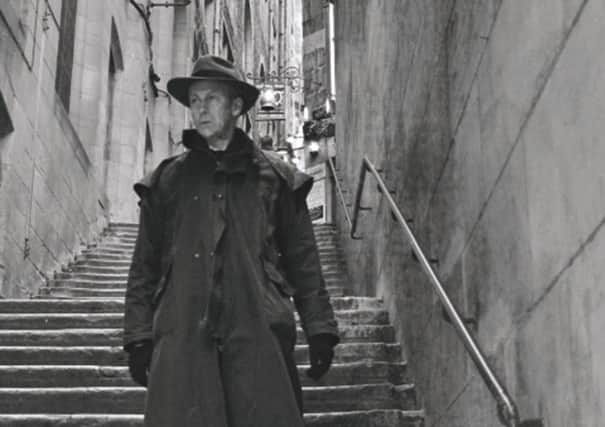Joyce McMillan: A new audience for Gaelic


When she left school at 17, though, she found she was too young for most of the UK’s major drama schools; so she went to Edinburgh to study philosophy, and to keep writing, recording and performing, when she could. “So there I was on the bus,” she says, “clutching my brand-new philosophy degree, and I met someone who said she had just started working at Eden Court Theatre, and that they were looking for a Gaelic-speaking outreach worker.”
So in 2004, Catriona went to work for Eden Court’s education and outreach programme – the very programme, it’s worth noting, now threatened by unexpectedly deep cuts in Highland Council spending – around Kyle of Lochalsh and Lochaber. She began to create a stock of resources for drama teaching in Gaelic that had barely existed before; and she kept writing, including a first novel for adults.
Advertisement
Hide Ad“It was a great experience,”says Catriona. “And although I left after two years because I wanted to focus on my own creative work, it really gave me the confidence to begin to do something in Gaelic-language theatre.”
Since then, Catriona Lexy Campbell’s has worked – as actor, writer, director or producer – on projects ranging from White Stag’s powerful short Gaelic version of Macbeth, to the fascinating site-specific piece As An Dorchadas (Out Of Darkness), created in an old Edwardian house in Pollokshields as part of last year’s Glasgow Life Gaelic arts project; in 2011, she became the National Theatre of Scotland’s first Gaelic Associate Artist. And now, with director Muireann Kelly of Theatre Gu Leòr, she is working on a project with a special meaning for her, as she appears in her own stage version of Shrapnel, a 2006 novel by her late father about a Gaelic-speaking islander who finds himself deep in the dark underbelly of Edinburgh and Leith, after a bar-room fight in which someone tries to murder a notorious local police officer called Shrapnel.
“My father was an incredible person, my hero really,” says Catriona. “He died just last year, leaving behind a huge legacy – not only his novels, but hundreds of children’s stories and unpublished poems. Shrapnel is a great novel about the deep fear of failure in the city that haunts Gaelic culture. It’s about someone who is in the city, and isn’t making it.”
With a cast of six, and an exhaustively designed and rehearsed animation and subtitling system which will make it completely accessible to both Gaelic and English speakers, Shrapnel opens at the Tron next weekend, before a long tour which retraces the journey of the play’s central character McLugrin, over to Edinburgh, and then up through the Highlands and islands to An Lanntair in Stornoway, where the tour ends with a week of events celebrating Tormod Caimbeul’s work.
“This project means so much to me,” says Catriona, “and I’m delighted that we were able to raise the funding, from Creative Scotland and other sources. I do have a sense that things are beginning to move in Gaelic and bilingual theatre in Scotland now, with the National Theatre of Scotland investing in Gaelic work, and a range of companies starting to emerge. The key, though, is to make sure it’s competely accessible to everyone, and that it’s great theatre in its own right. Muireann and I both have some terrific ideas for future Theatre Gu Leor projects; but for the moment we’re completely focused on Shrapnel, and on making it into a show that really speaks to audiences, all over Scotland.”
• Shrapnel is at the Tron Theatre, Glasgow, 10-12 March; Scottish Storytelling Centre, Edinburgh, 15-16 March; and on tour, with final dates at An Lanntair, Stornoway, 1-2 April